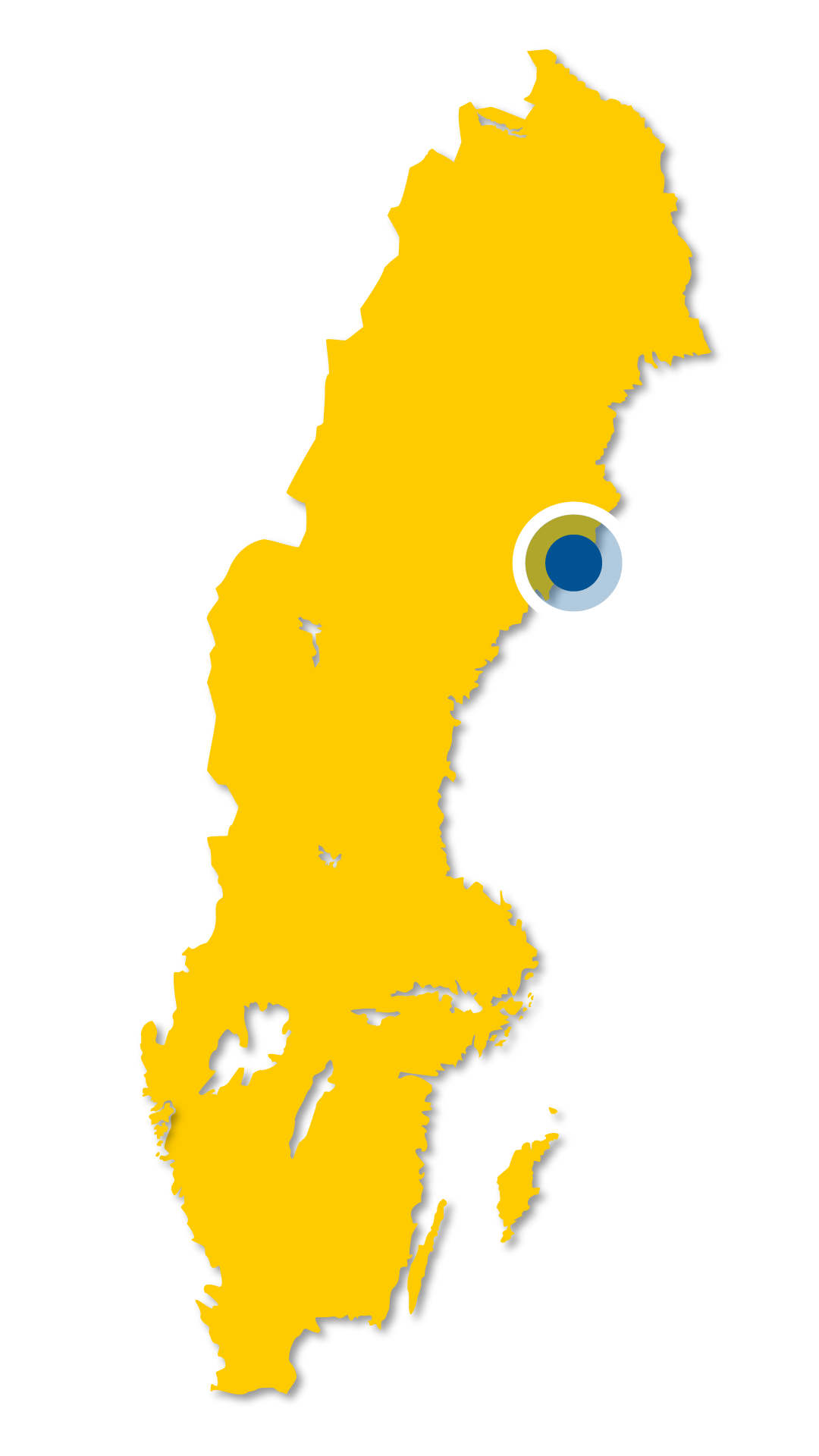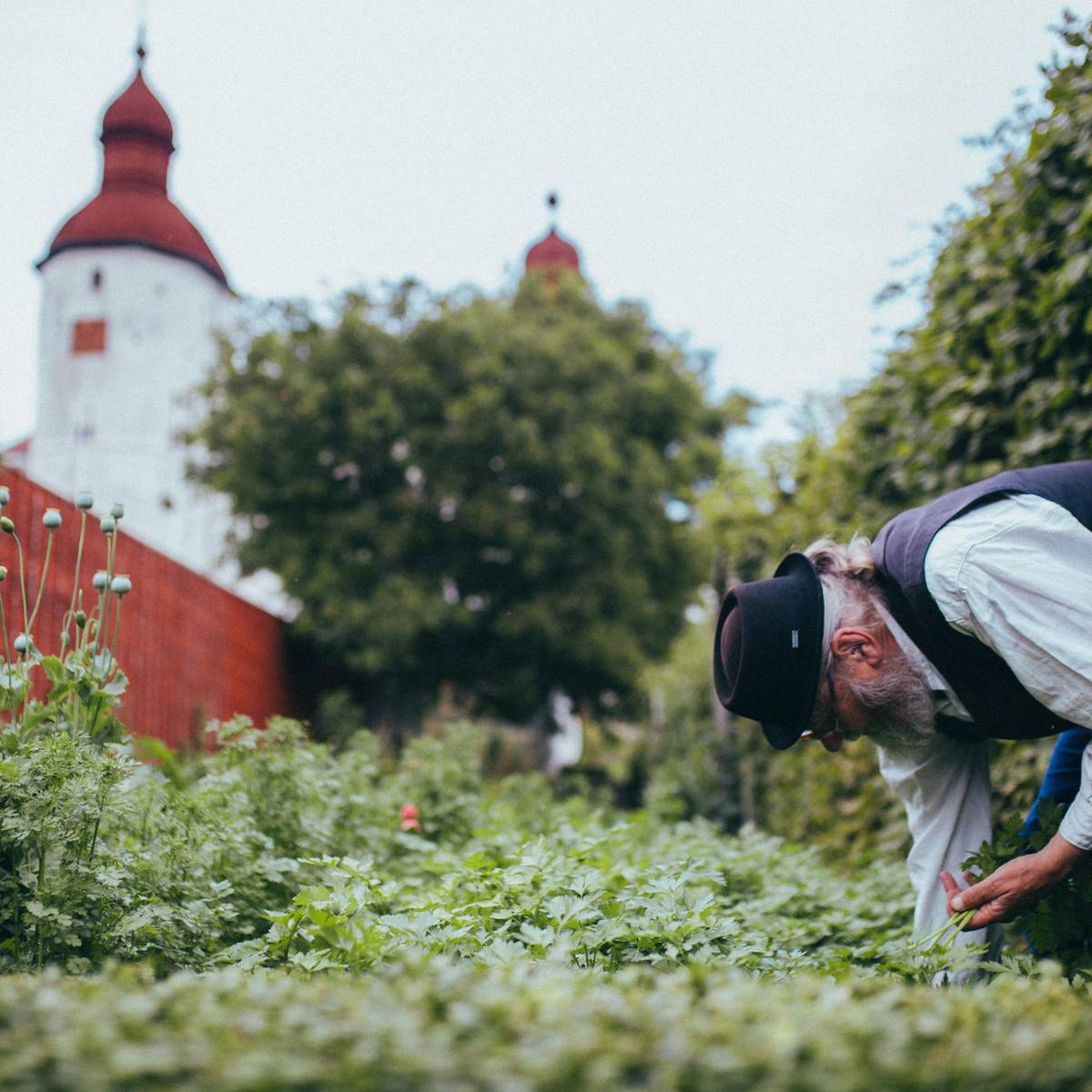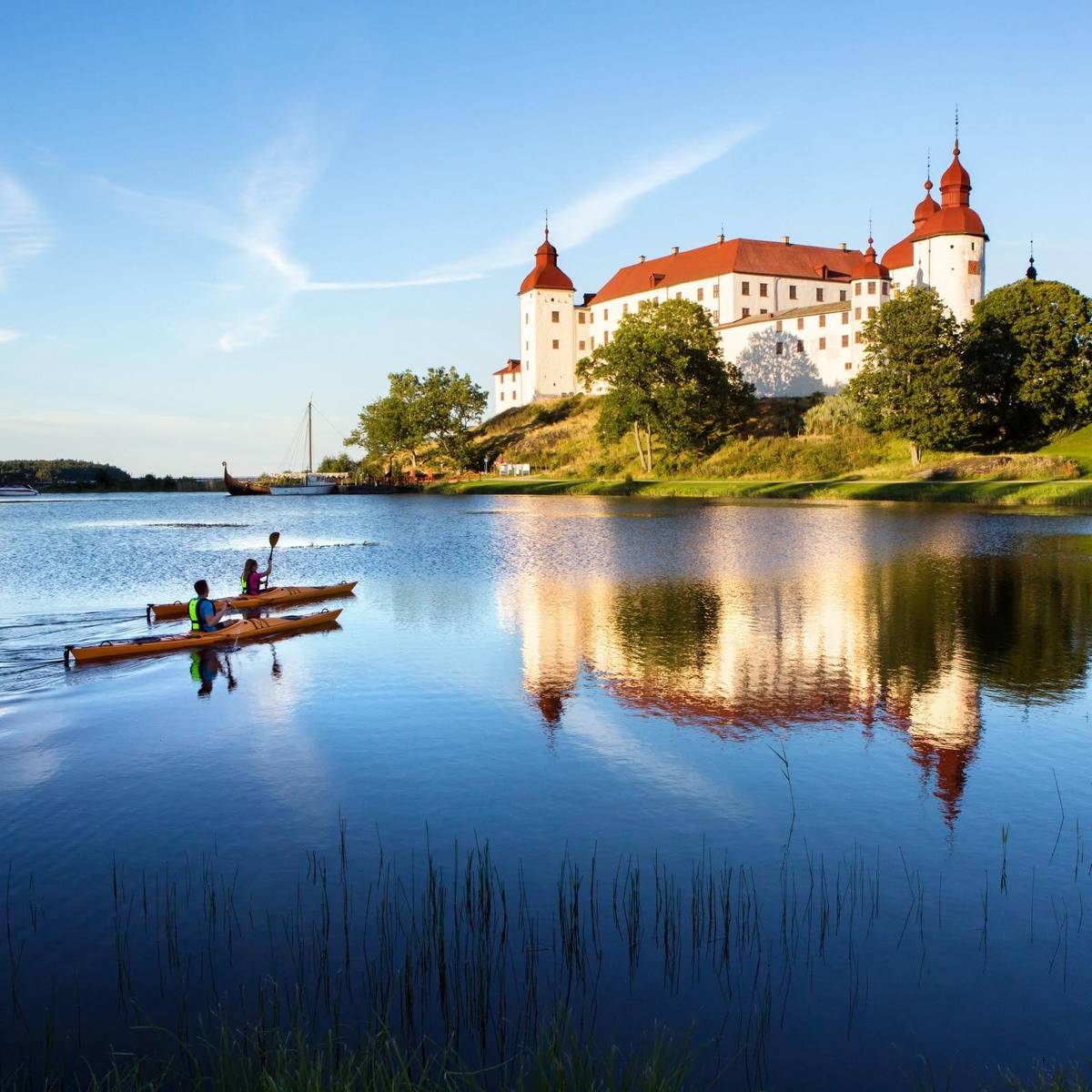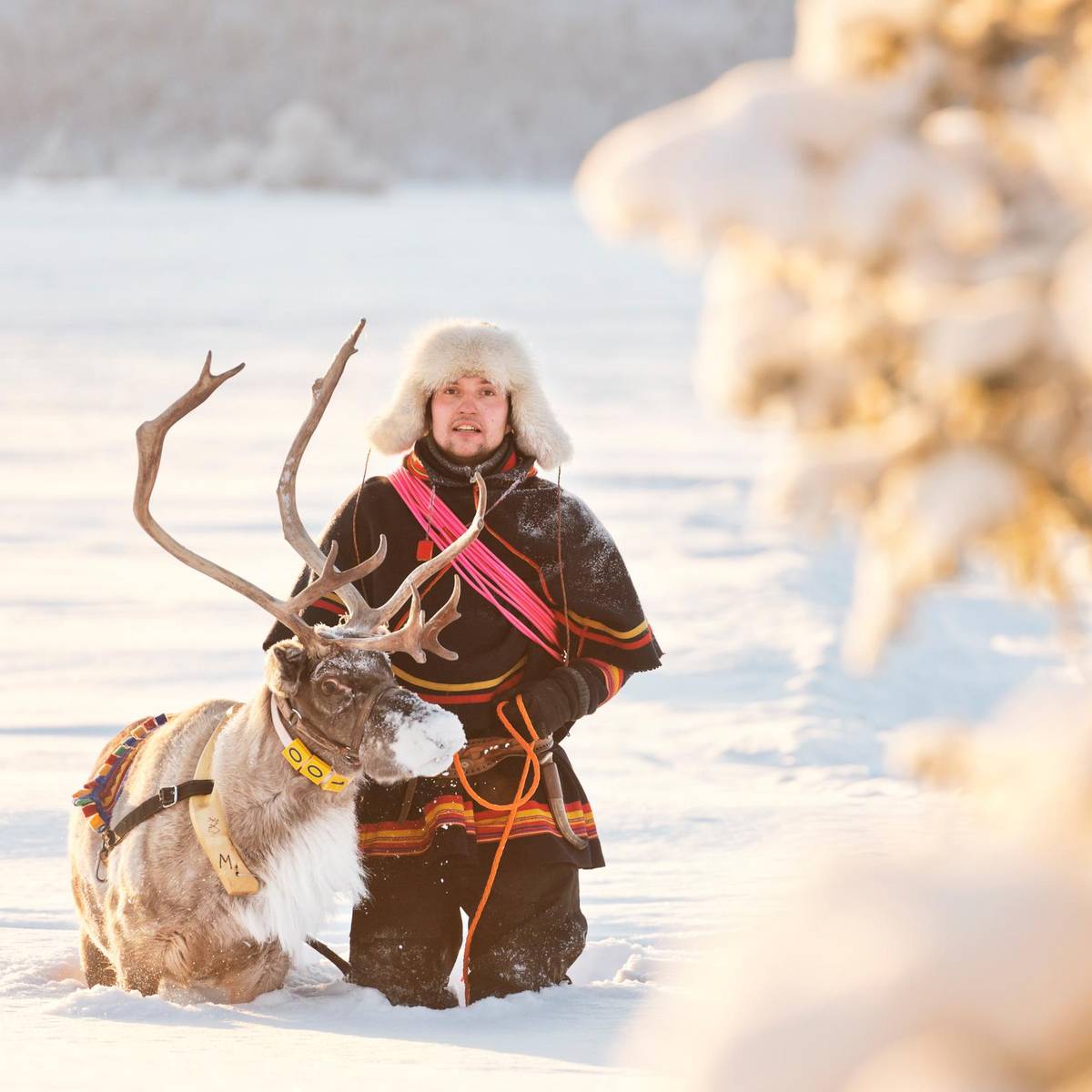A city of culture and design
Umeå was named the European Capital of Culture 2014, and for good reason. The city has an entrepreneurial, innovative spirit and a number of highly regarded museums. Väven, which first swung open its doors in 2014, is Umeå’s buzzing cultural centre. This architectural landmark – with its abstract, birch-inspired aesthetic – houses museums, an eminent library, a cinema and several restaurants and cafés. It also hosts events and activities year-round, from concerts to vintage fashion markets. Upstairs, you’ll find the hip hotel U&Me, whose bar and restaurant are popular with the locals.
Elsewhere in the city, contemporary art and design museum Bildmuseet is another cultural highlight. Located within the so-called “arts campus” near the river, it’s actually part of Umeå University. Housed in a standalone building, spectacularly clad in wood panels, Bildmuseet puts on world-class exhibitions across design, architecture and photography. It was awarded European Museum of the Year in 2014.
Umeå's science centre Curiosum opened in 2020 and is a part of the university. Curiosum invites kids and grown-ups to explore science and technology, hands-on, via a range of experimental workshops.
Västerbottens Museum is another notable, interactive museum featuring exhibitions and participatory experiences on cultural history, art, photography and textiles. A good family option, it regularly offers arts and crafts workshops. Don’t leave without taking a look at the world’s oldest skis, dating back to 3400 BC.
The Women’s History Museum (Kvinnohistoriskt Museum) is one of a kind. Housed within Väven cultural centre, it inspires action and debate via exhibitions on different themes across “gender and power, identity and history”.
Sami Week – or Ubmejen Biejvieh as it’s known in the Sami tongue – is a celebration of Sweden’s indigenous population. Held once a year (dates TBA), this vibrant festival plays host to the Sami summit as well as a range of activities centring on art, music, culture and language.














